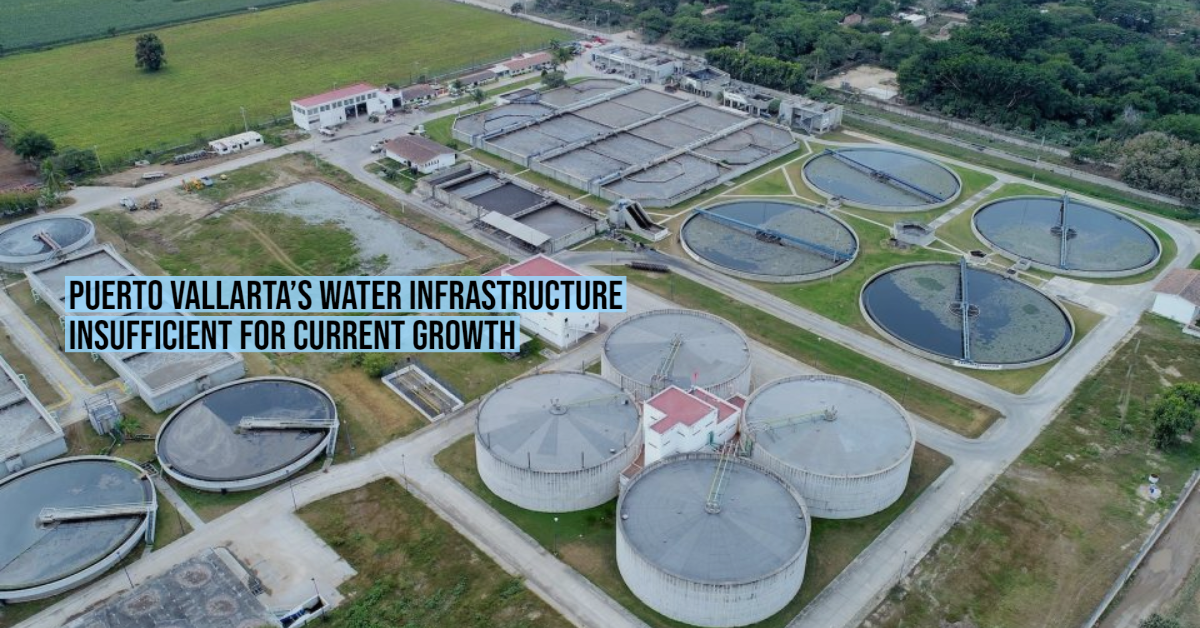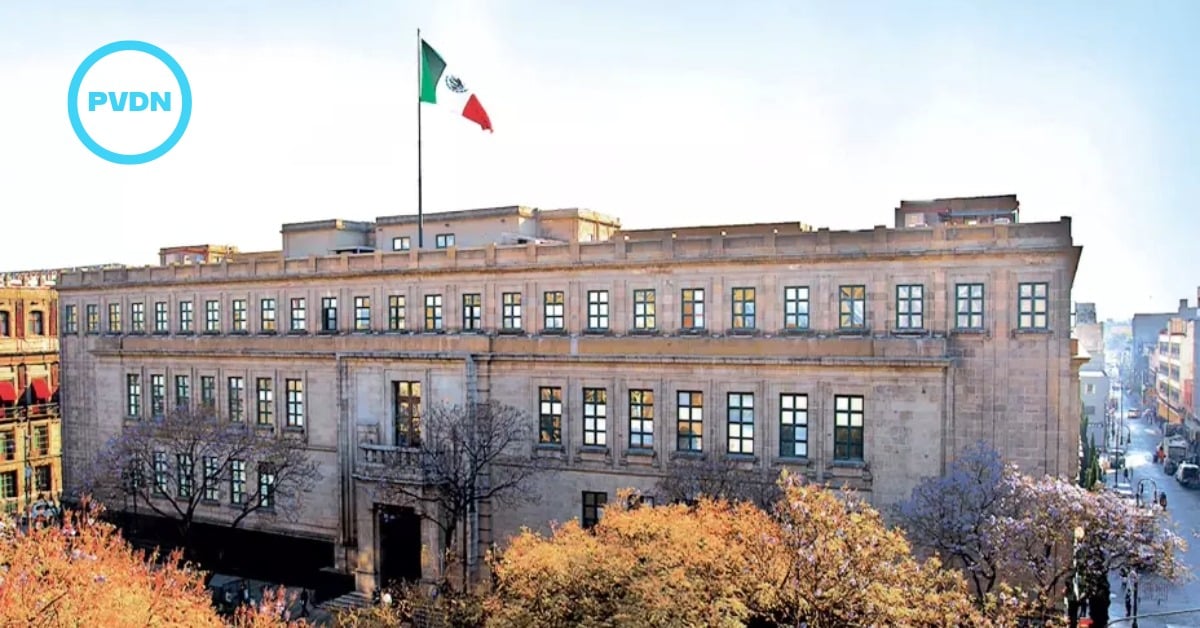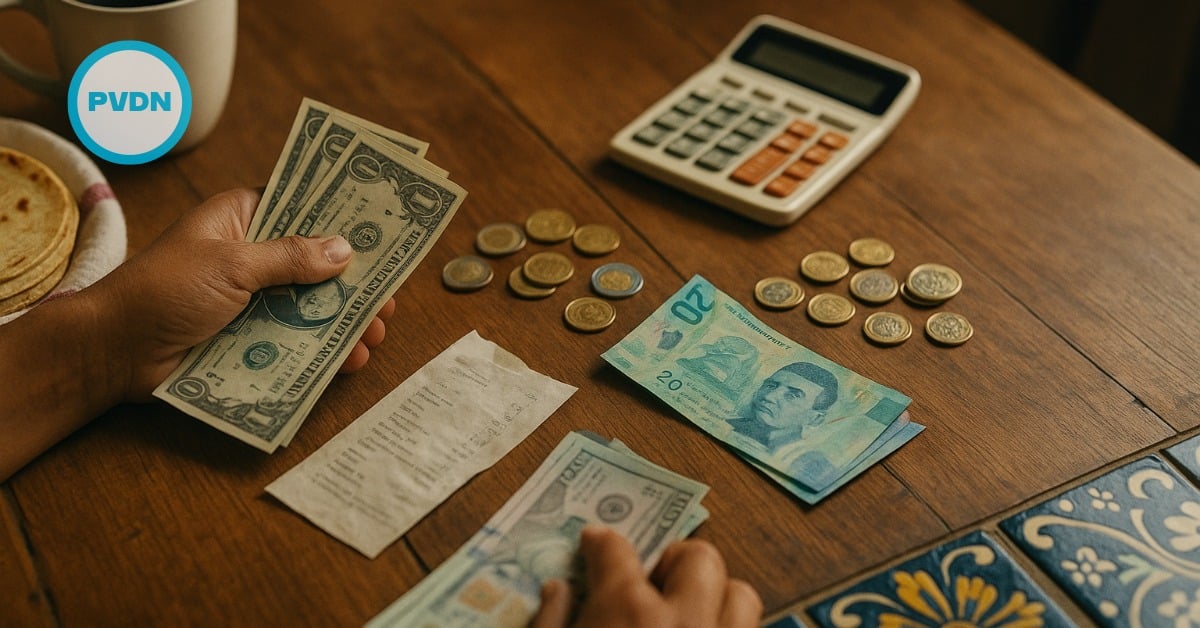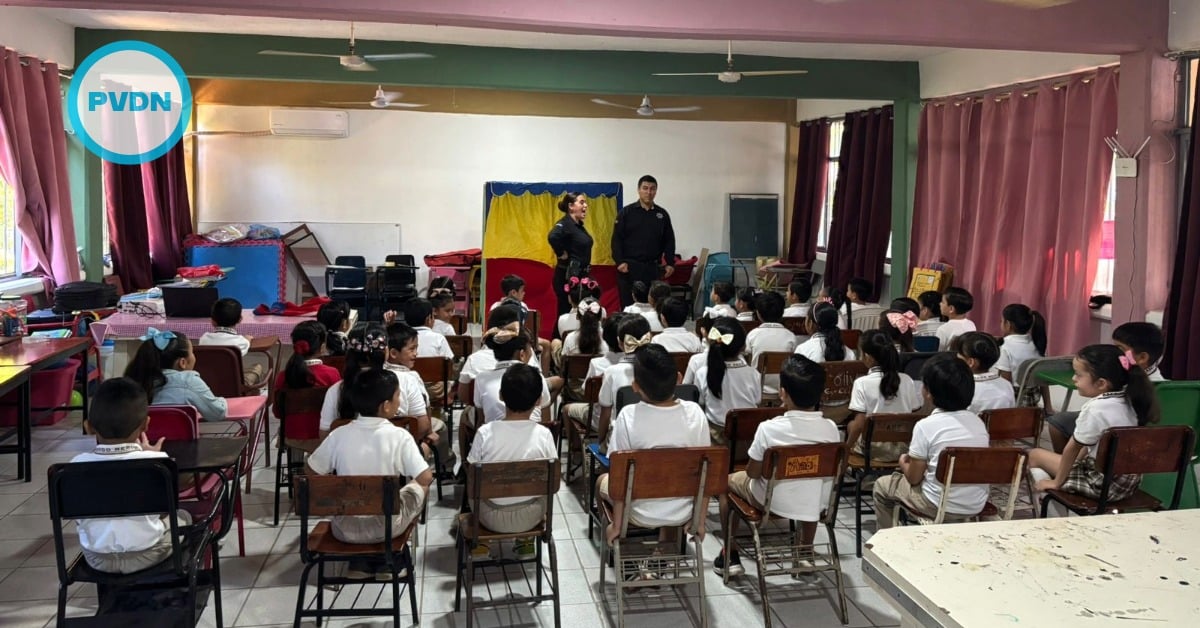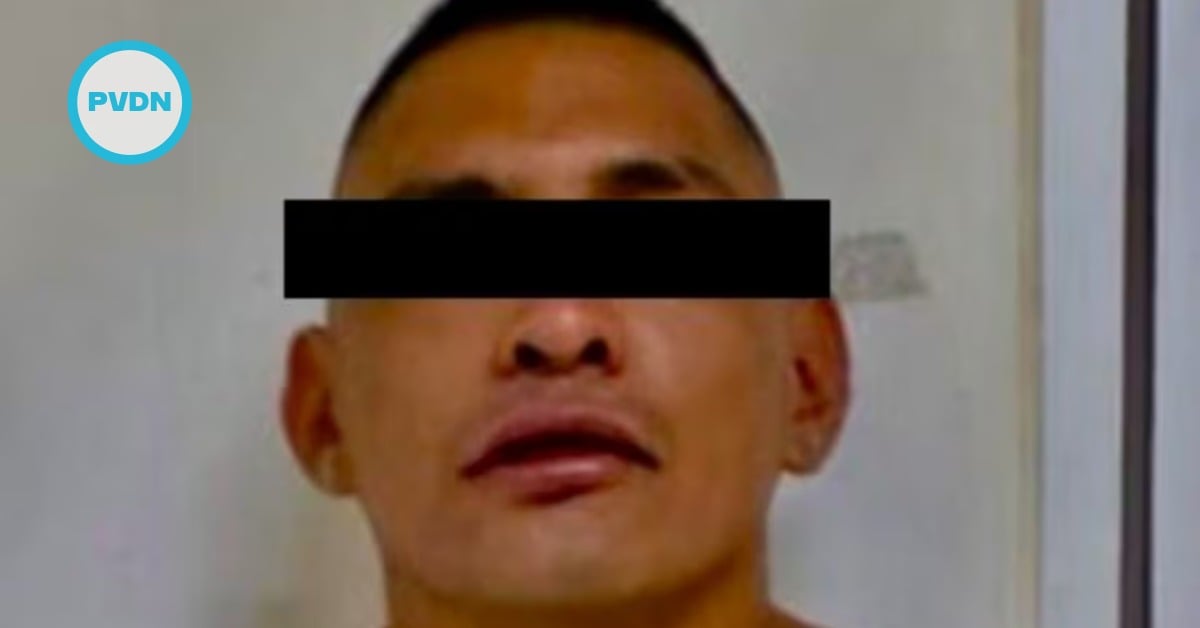Puerto Vallarta, considered one of the three most important tourist destinations in Mexico, faces frequent problems of water scarcity due to rapid population growth and the proliferation of apartments, luxury condominiums, and hotels with more than 22,000 rooms. In the Easter hol…


